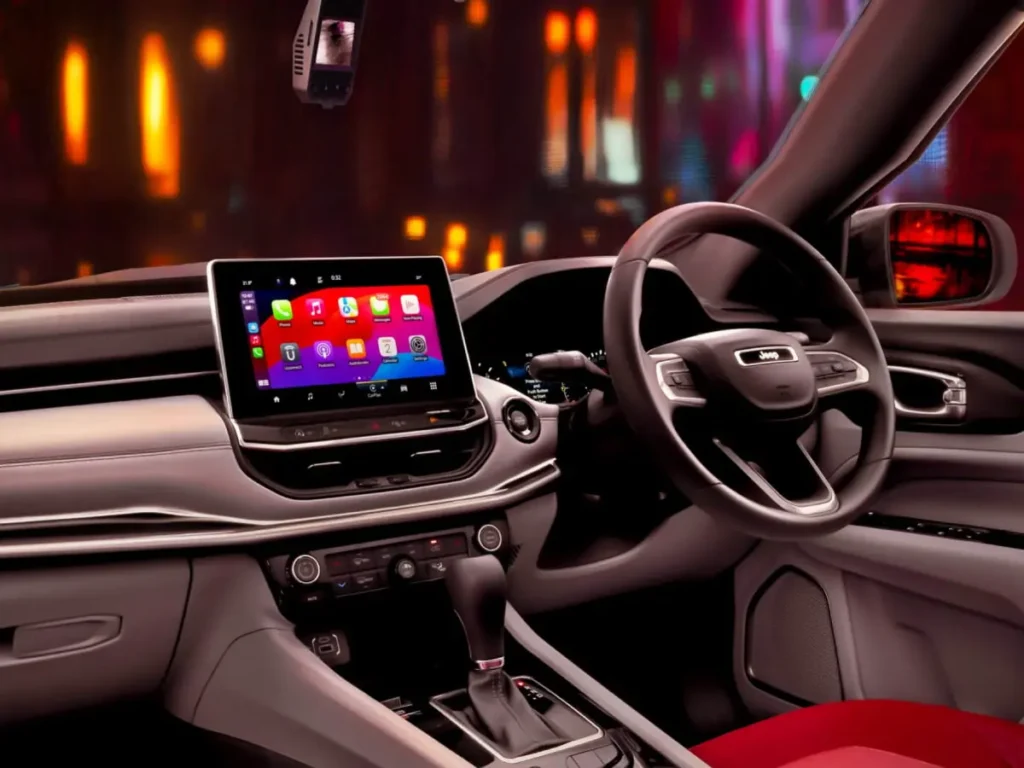When it comes to modern vehicles, what’s inside matters just as much as what’s under the hood. Once a purely functional space, the car interior has become a reflection of technology, comfort, and personal style. As automakers compete to offer not just better performance but better in-cabin experiences, car interiors have evolved in remarkable ways. From the dashboard to the doors, let’s explore the trends that are redefining how we ride.
1. Minimalism Meets High Tech
Gone are the days of cluttered dashboards and rows of buttons. Today’s automotive interiors embrace a minimalist aesthetic that merges design with digital functionality. Large touchscreen infotainment systems now dominate the center console, often replacing traditional knobs and switches. Brands like Tesla pioneered this shift with tablet-like screens controlling nearly every function, from climate control to navigation.
But minimal doesn’t mean basic. These sleek designs are powered by advanced software that allows over-the-air updates, voice-activated commands, and personalized user profiles. As more automakers adopt this streamlined look, expect dashboards to become even cleaner while still packing a technological punch.
2. Sustainable Materials and Eco-Friendly Design
As environmental awareness grows, automakers are increasingly embracing sustainable materials in vehicle interiors. Recycled plastics, natural fibers, and plant-based leathers are gaining popularity as viable alternatives to traditional components. Brands like Volvo have made significant commitments to incorporating recycled content, while BMW’s i-series showcases interiors crafted from eco-conscious textiles.
To ensure these materials meet high standards for durability and finish, many manufacturers are adopting advanced techniques such as plasma surface treatment. This technology enhances surface adhesion and material performance without the use of harsh chemicals, making it ideal for preparing sustainable materials for coatings, adhesives, and decorative finishes. The result is interiors that are not only environmentally friendly but also refined, resilient, and luxurious—perfectly aligned with consumer demand for greener, high-quality driving experiences.
3. Ambient Lighting for Mood and Style
Ambient lighting has moved beyond luxury brands and into the mainstream. Today, even mid-range models offer customizable lighting that enhances the cabin atmosphere. Soft glows in door panels, footwells, and dashboards can be tailored to the driver’s mood or synced with driving modes.
Far from being just decorative, ambient lighting can improve safety by subtly highlighting controls and reducing eye strain during night driving. As LED technology improves, we can expect even more creative uses of color and light in car interiors.
4. Advanced Seating: Comfort Meets Innovation
Seats are no longer just places to sit—they’re ergonomic zones designed for comfort, support, and even wellness. Heated and ventilated seats have become almost standard in many vehicles, while massage functions and memory settings are popping up in higher-end trims.
Some brands are taking it a step further. Mercedes-Benz, for example, offers seats that adjust subtly to promote posture and circulation during long drives. And as electric and autonomous vehicles grow in popularity, expect interiors to become more lounge-like, with flexible seating arrangements and recliner-style features.
5. Smart Storage and Wireless Integration
Interior design now focuses on maximizing space and functionality without clutter. Foldable compartments, hidden cubbies, and under-seat storage help keep the cabin organized. Wireless charging pads, USB-C ports, and smartphone docks are now essentials, not luxuries.
Wireless Apple CarPlay and Android Auto are becoming standard, allowing drivers to seamlessly connect their devices without tangled cords. This reflects a broader trend toward a clean, integrated interior experience where tech supports convenience.
6. Personalization Through Technology
As cars become more digitally connected, personalization is playing a bigger role in the driving experience. With user profiles linked to key fobs or smartphone apps, vehicles can adjust seating, lighting, climate, and even favorite music stations based on who’s behind the wheel.
Some vehicles offer in-car voice assistants that go beyond basic commands, integrating with smart home devices or providing real-time traffic updates. As AI becomes more embedded in vehicle ecosystems, personalization will likely become even more intuitive and comprehensive.
7. The Rise of Acoustic Excellence
Another often-overlooked trend is the attention to acoustics. From road noise reduction to premium sound systems, carmakers are focusing on creating a peaceful, immersive environment. Acoustic glass, improved insulation, and strategically placed speakers enhance both comfort and entertainment.
Brands like Lexus and Audi partner with audio specialists such as Mark Levinson and Bang & Olufsen to deliver theater-quality sound. Whether you’re listening to music, podcasts, or navigation cues, the goal is clear: elevate the in-cabin audio experience.
In Conclusion
The modern car interior is a fusion of technology, sustainability, and design innovation. From dashboard to doors, automakers are reimagining what it means to ride in comfort and style. Whether you’re a tech enthusiast, an eco-conscious driver, or someone who values luxury on the road, there’s a trend tailored to your needs. As these features become more accessible across all vehicle classes, expect the interior to be a major deciding factor in your next car purchase—not just the engine specs or fuel economy.



